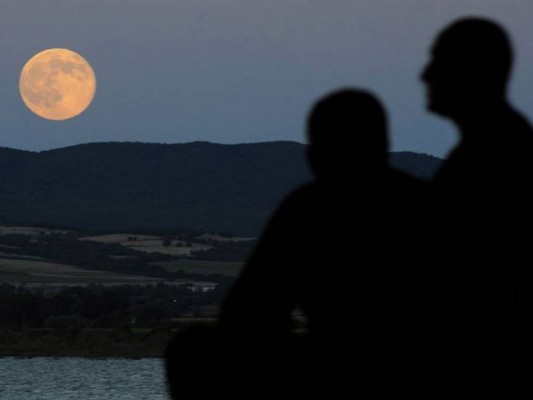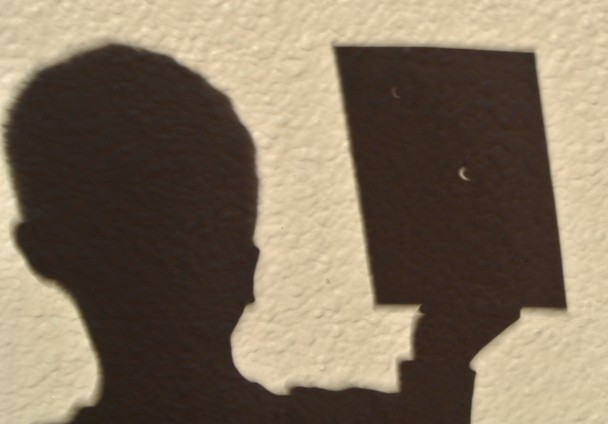This Friday, March 20th, marks the arrival of three seriously spooky omens – the Solar Eclipse, a Supermoon and the Spring Equinox. unCOVered finds out more about each event and discovers how you can make the most of them, including how to photograph the eclipse!!
The Supermoon:
What makes the moon super? Its size!

A ‘full moon’ is the term for when the moon is completely visible from Earth, a near perfect circle. As we know, each month the moon orbits around the Earth, rotating as it goes. Because the moon is following an oval route, there are times when it is closer to the Earth, making it appear larger.
The ‘Supermoon’ occurs when the moon is nearest to the Earth, and at the same time, is a full moon. This means that it not only looks a lot larger than usual, but also full circle – to some it can seem a lot more foreboding! With me so far?
The Spring Equinox:
This is when we change the clocks. They will go forward an hour, meaning that our nights seem lighter for longer. Yay!
The Solar Eclipse:

The above events are relatively normal, the equinoxes happen twice a year, every year, and super moons can occur two to three times a year. However, whilst a Solar Eclipse is rare enough, 2015 is the first year for a long time where all three occurrences fall on the same day. The next occurrence will be in 2053!
Eclipses can only happen at new moon, when the moon is entirely in shadow. The spectacular Supermoon images that are often spotted can only occur when the moon is full, because this is when it can be seen. As a result, because the moon is new rather than full on March 20th, the Supermoon won’t be seen. However, it will be gliding past us closer than ever, and its shadow will be visible as it blocks out the sun.
The Mythology:
Solar eclipses have been witnessed around the world since the beginning of time, resulting in numerous cultural beliefs and mythical explanations as to where the sun goes.. These include sky wolves chasing the sun (according to the Vikings), fire dogs that steal the sun (Korean mythology) and the African belief that the sun and the moon are fighting!
The Wildlife:
We’re only witnessing a partial eclipse on Friday, but boy does a total eclipse confuse wildlife! As the unnatural darkness sweeps the land, birds will go quiet, owls will hoot and disorientated foxes will appear, stumbling around in their pyjamas…perhaps?
Health and Safety:
In case you weren’t aware, looking directly at the sun is never a good idea:

The sun’s UV rays can burn through your retina, which can cause permanent damage and loss to your eyesight. Sunglasses will not protect you from this. The best way to see the eclipse is through a pinhole camera, as seen above, find instructions on how to make one here.
Photography:
Important: Do not look at the eclipse through a camera lens, or a telescope, without a solar filter on.

Where possible, get away from tall buildings – stick to open areas like parks or commons. You’ll need a posh DSLR, a tripod, and the longest lens you own. Decrease the aperture, turn off the flash and ensure you bracket your images. Find out more here.
One of our University photographers is hoping to capture some spectacular images for us, which we will upload to Facebook.
And finally…
Is watching the eclipse sounding a bit too complicated? Don’t fret; you can see the eclipse in all its glory by watching BBC’s coverage on the big screen in town, by the Transport Museum. The maximum time to see the eclipse is at 9.31am. Enjoy!
Ps: Obviously we couldn’t write about total eclipses without including this video…





